Home>Home Appliances>Kitchen Appliances>What Grind Of Coffee For An Espresso Machine
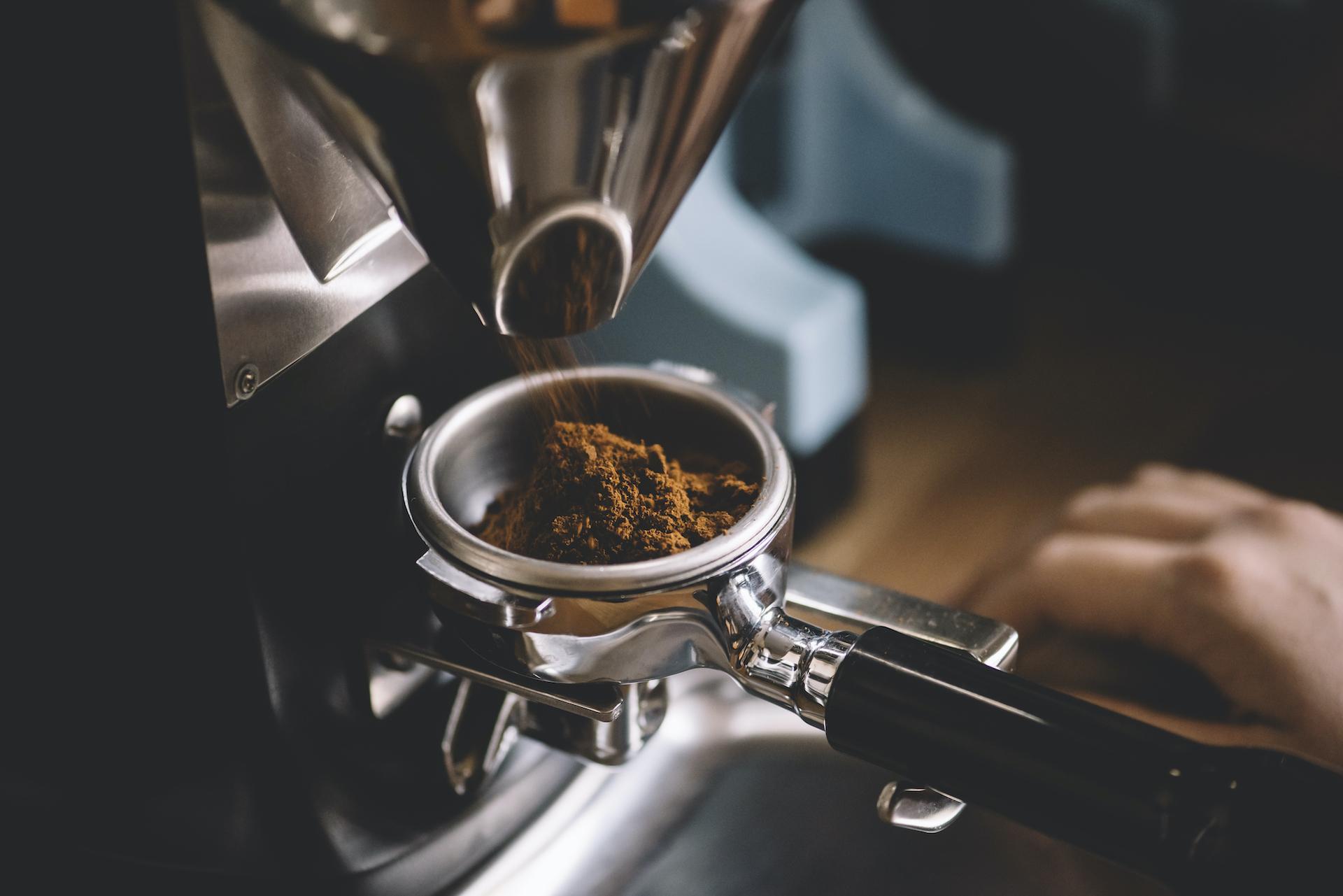

Kitchen Appliances
What Grind Of Coffee For An Espresso Machine
Modified: August 16, 2024
Discover the perfect grind of coffee for your espresso machine and elevate your kitchen appliances with expert tips and advice. Unlock the secret to the best espresso at home!
(Many of the links in this article redirect to a specific reviewed product. Your purchase of these products through affiliate links helps to generate commission for Storables.com, at no extra cost. Learn more)
**
Introduction
**
Are you a coffee enthusiast who loves the rich, bold flavor of a perfectly brewed espresso? If so, you understand the importance of using the right coffee grind to achieve that perfect shot. The grind of your coffee beans plays a crucial role in determining the flavor, aroma, and overall quality of your espresso. In this comprehensive guide, we will delve into the world of espresso and explore the various types of coffee grinds, ultimately uncovering the best grind for your espresso machine.
Whether you're a seasoned barista or a novice coffee lover, understanding the nuances of coffee grinds is essential for mastering the art of making exceptional espresso. Join us as we embark on a flavorful journey through the captivating realm of espresso and discover the secrets to achieving the perfect grind for your espresso machine.
Key Takeaways:
- The right coffee grind, like extra fine, is crucial for rich, flavorful espresso. Consistency and experimentation are key in achieving the perfect extraction for your espresso machine.
- Understanding the nuances of grind size and investing in a quality grinder are essential for mastering the art of brewing exceptional espresso at home.
Read more: What Coffee To Use In An Espresso Machine
Understanding Espresso
Before we dive into the intricacies of coffee grinds, it’s essential to grasp the essence of espresso. Originating from Italy, espresso is a concentrated form of coffee characterized by its strong flavor and velvety crema. The brewing process involves forcing hot water through finely ground coffee beans, resulting in a small yet potent shot of espresso.
One of the defining features of espresso is its rich and complex flavor profile, which encompasses notes of caramel, chocolate, and a delightful hint of bitterness. Achieving the perfect espresso shot requires precision, expertise, and the right combination of variables, including the grind size of the coffee beans.
Espresso serves as the foundation for a myriad of beloved coffee beverages, such as cappuccinos, lattes, and macchiatos. Its versatility and intense flavor make it a staple in the world of coffee, captivating the palates of aficionados and casual drinkers alike.
Now that we’ve gained a deeper understanding of espresso and its significance in the realm of coffee culture, let’s explore the pivotal role that coffee grinds play in the art of brewing the perfect espresso shot.
Types of Coffee Grinds
When it comes to brewing espresso, the grind of the coffee beans holds the key to unlocking the full spectrum of flavors and aromas. The size and consistency of the grind significantly impact the extraction process, ultimately influencing the taste and quality of the espresso. Let’s explore the various types of coffee grinds and their implications for brewing espresso:
1. Extra Fine Grind:
This powdery grind resembles flour and is ideal for brewing traditional espresso. It facilitates a slow extraction process, allowing the water to interact with the coffee grounds and extract the rich, intense flavors that define a classic espresso shot.
2. Fine Grind:
Slightly coarser than the extra fine grind, this texture is commonly used for espresso made with stovetop or “Moka” pots. While it may not produce the same level of crema as the extra fine grind, it still yields a robust and flavorful espresso with a satisfying mouthfeel.
3. Medium Grind:
Typically employed in drip coffee makers and pour-over methods, the medium grind strikes a balance between the coarser textures used for traditional brewed coffee and the finer grinds essential for espresso. Although not the go-to option for espresso, it can be utilized in certain espresso machines to achieve a milder, more diluted shot.
4. Coarse Grind:
Reserved for brewing methods like French press and cold brew, the coarse grind is significantly larger in particle size. While it’s not suitable for espresso due to its rapid extraction rate, it’s perfect for concocting full-bodied, aromatic coffee beverages that differ from the concentrated nature of espresso.
Understanding the distinctions between these coffee grinds is paramount in the pursuit of crafting the perfect espresso. Each grind type serves a specific purpose and contributes to the overall sensory experience of savoring a well-crafted espresso shot.
For an espresso machine, use a fine grind of coffee. This allows for proper extraction of flavors and oils, resulting in a rich and intense espresso shot.
The Best Grind for an Espresso Machine
When it comes to selecting the optimal grind for your espresso machine, precision is paramount. The grind size directly influences the rate of extraction, which, in turn, impacts the flavor, aroma, and overall quality of the espresso. Here’s a closer look at the best grind for an espresso machine:
Extra Fine Grind:
For most traditional espresso machines, an extra fine grind is the gold standard. This finely powdered texture allows for the slow and controlled extraction of the coffee’s oils and flavors, resulting in a rich, full-bodied espresso with a luscious crema. The fine particles enable the water to permeate the coffee grounds thoroughly, yielding a shot that embodies the quintessential characteristics of a classic espresso.
Consistency is Key:
Regardless of the specific grind size, consistency is a non-negotiable element in achieving exceptional espresso. Uniformity in particle size ensures that the water flows evenly through the coffee bed during extraction, leading to a balanced and harmonious flavor profile in the finished espresso shot.
Adjusting the Grind:
As with any aspect of coffee brewing, experimentation and fine-tuning are integral to finding the perfect grind for your espresso machine. Factors such as bean freshness, roast level, and machine pressure can influence the ideal grind setting. It’s essential to embrace the process of adjusting the grind size to achieve the desired extraction time and flavor intensity.
Investing in a Quality Grinder:
To elevate your espresso-making endeavors, investing in a high-quality burr grinder is highly recommended. Burr grinders offer precise control over grind size and produce consistently uniform particles, ensuring that each espresso shot is crafted to perfection.
By understanding the nuances of grind size and its impact on the espresso extraction process, you can embark on a rewarding journey of mastering the art of brewing exceptional espresso with your espresso machine.
Conclusion
Embarking on the quest for the perfect espresso entails embracing the art and science of coffee brewing, with the grind of the coffee beans serving as a crucial protagonist in this flavorful narrative. As we’ve explored the nuances of espresso, delved into the various types of coffee grinds, and uncovered the best grind for an espresso machine, it’s evident that precision and attention to detail are paramount in the pursuit of crafting exceptional espresso.
From the extra fine grind that epitomizes the essence of traditional espresso to the meticulous adjustments required to achieve the perfect extraction, the journey toward mastering the art of espresso-making is as enriching as the espresso itself. Each element, from the grind size to the brewing method, contributes to the symphony of flavors and aromas that define a remarkable espresso shot.
As you embark on your espresso-making endeavors, remember that experimentation, exploration, and a willingness to refine your techniques are essential companions on this flavorful odyssey. Embrace the process of honing your craft, and savor the delightful rewards of enjoying a meticulously crafted espresso shot that embodies the essence of coffee perfection.
May your espresso-making adventures be filled with creativity, discovery, and, above all, the joy of savoring the unparalleled richness of a meticulously brewed espresso. Cheers to the art of espresso-making and the boundless possibilities that each shot of espresso holds.
Frequently Asked Questions about What Grind Of Coffee For An Espresso Machine
Was this page helpful?
At Storables.com, we guarantee accurate and reliable information. Our content, validated by Expert Board Contributors, is crafted following stringent Editorial Policies. We're committed to providing you with well-researched, expert-backed insights for all your informational needs.
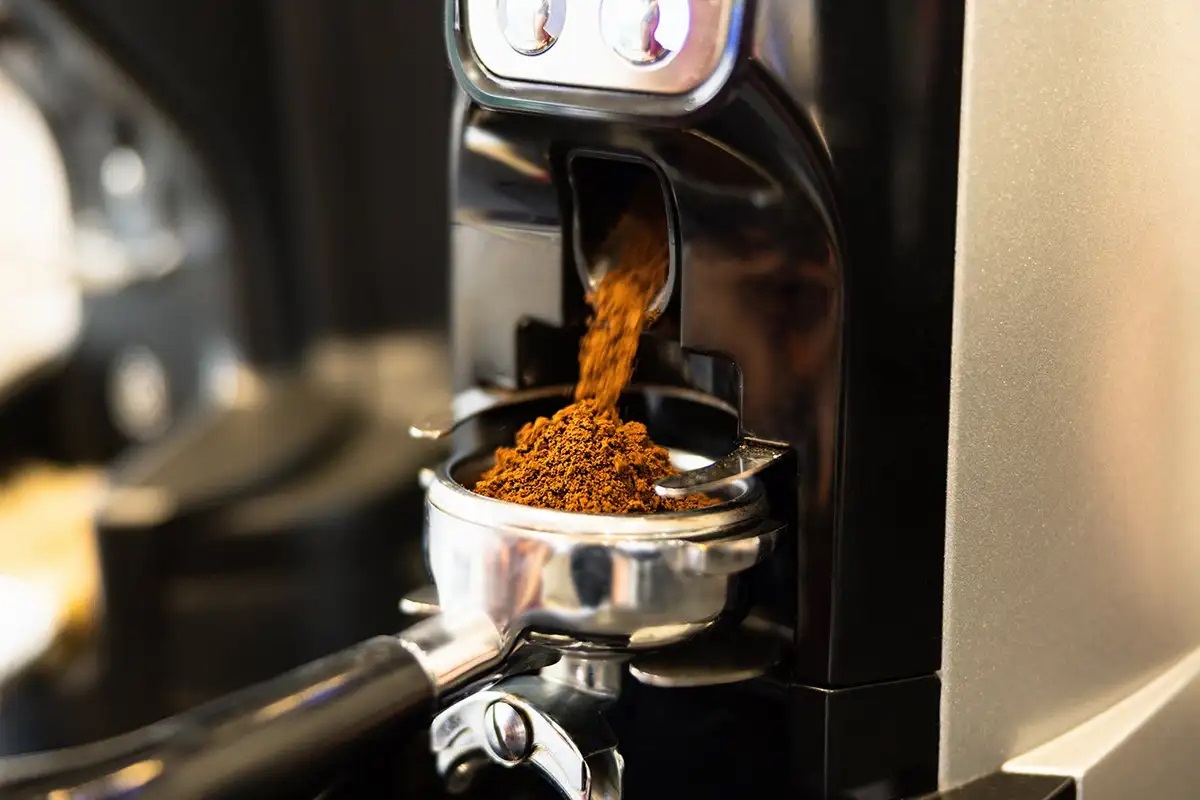
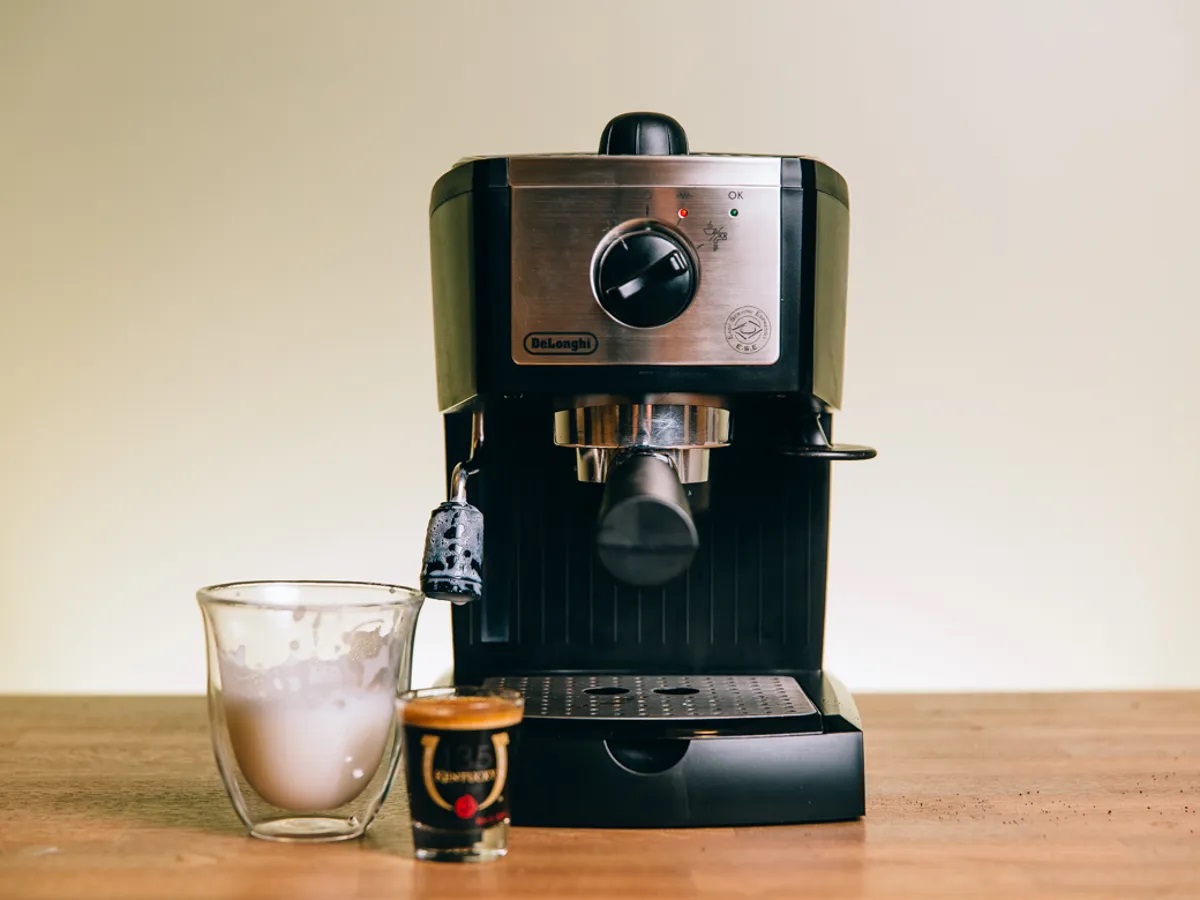
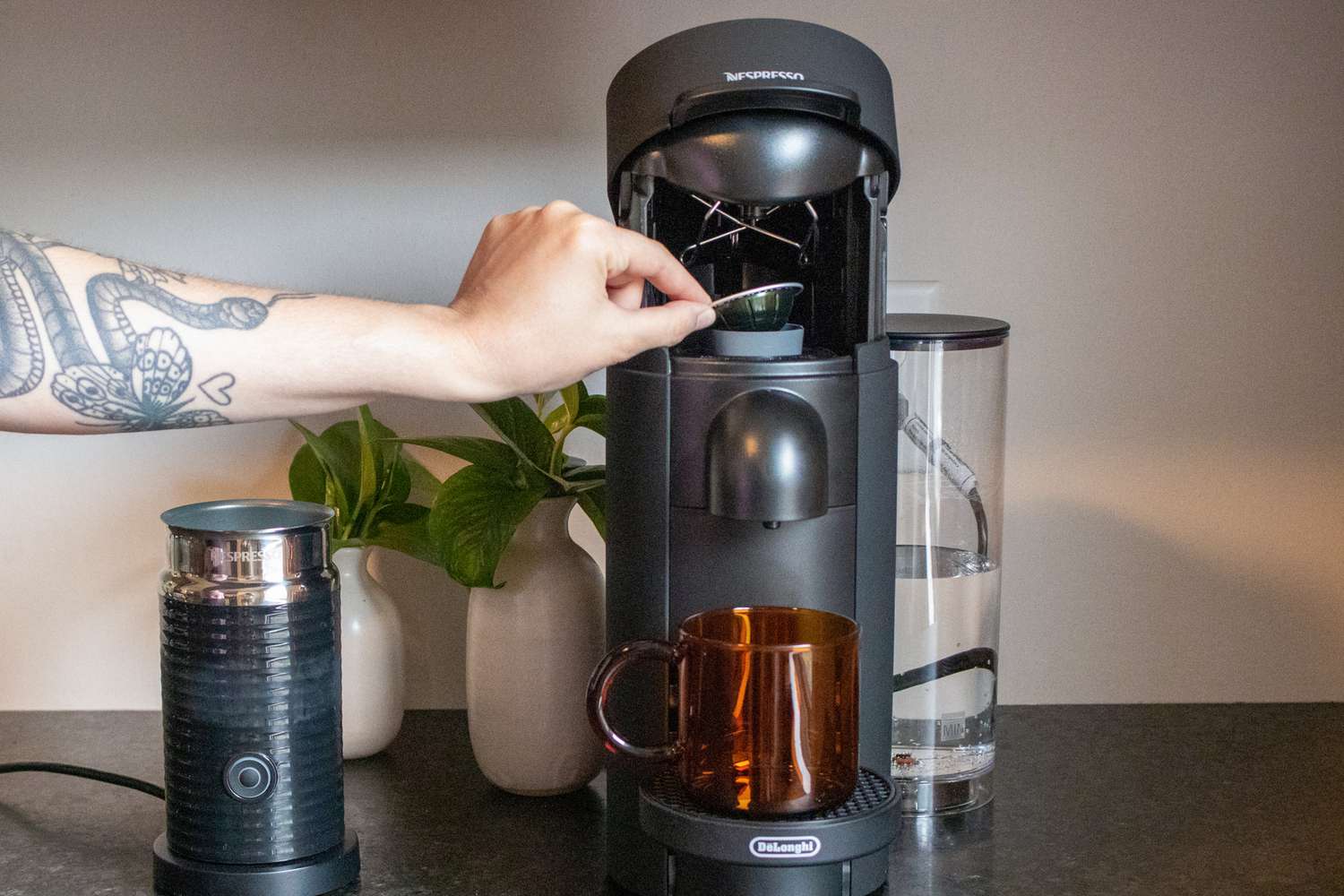
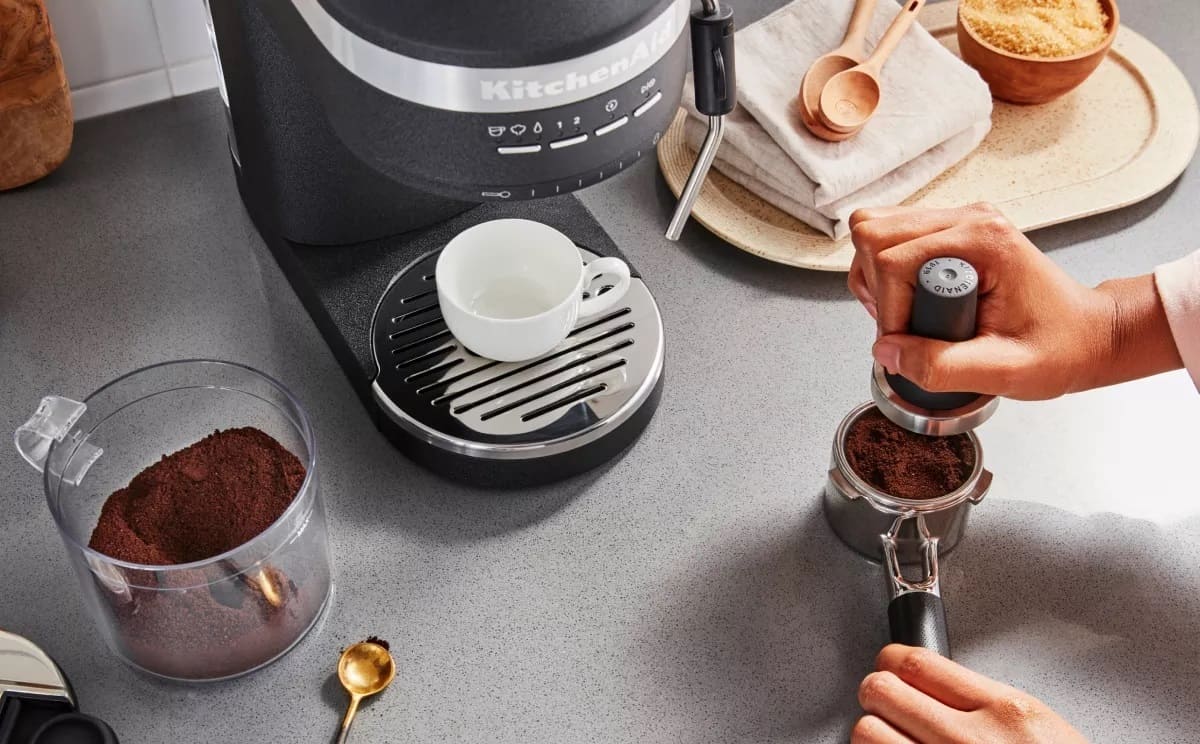
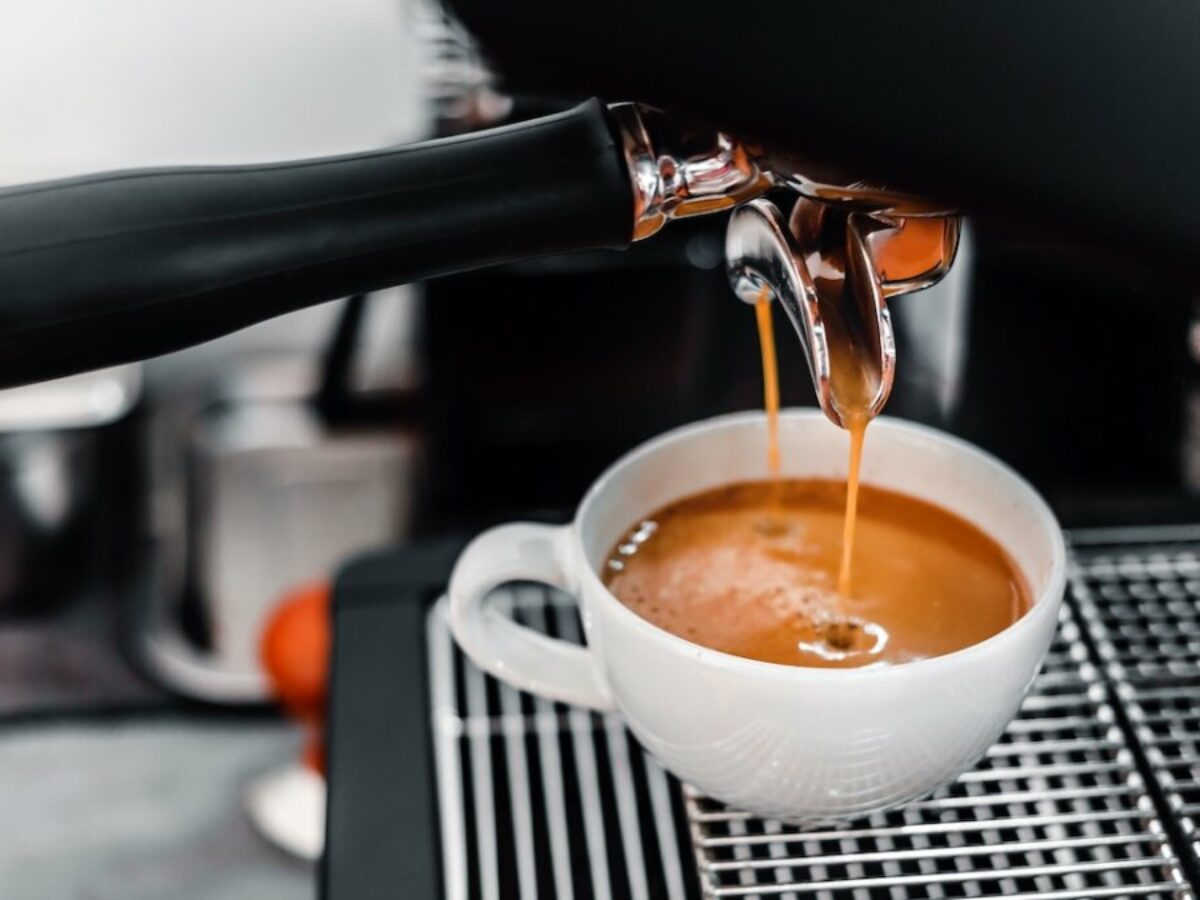
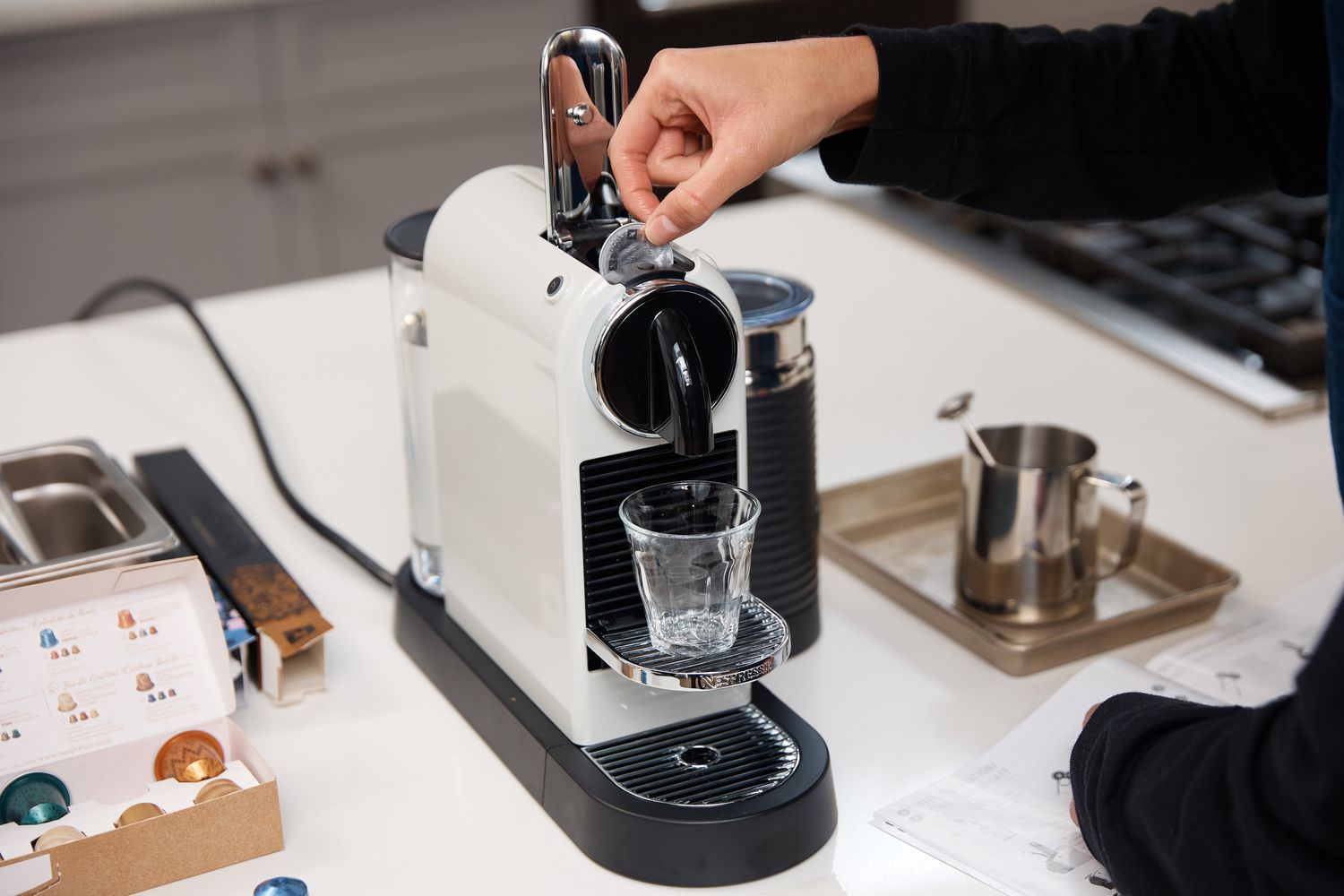
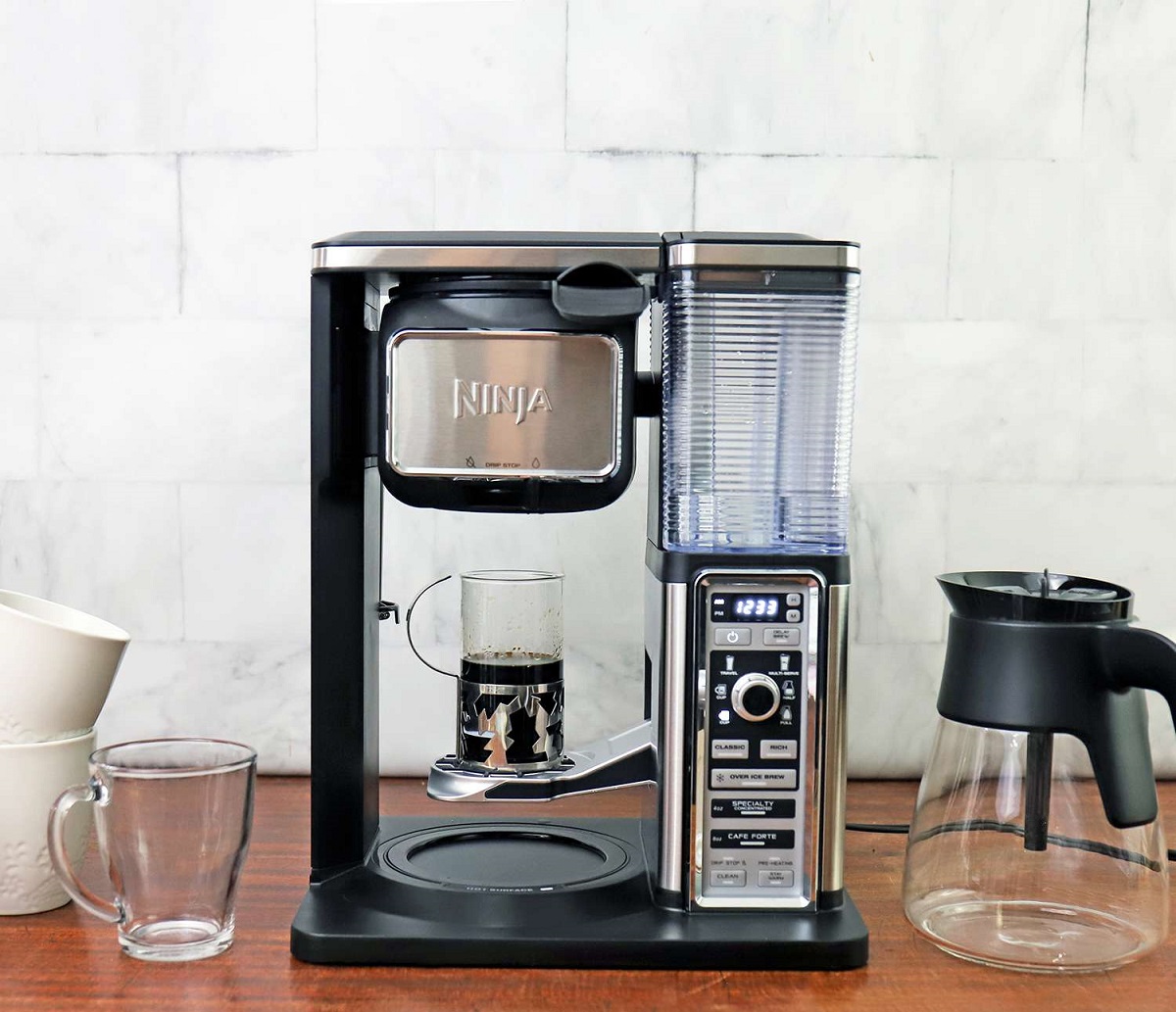
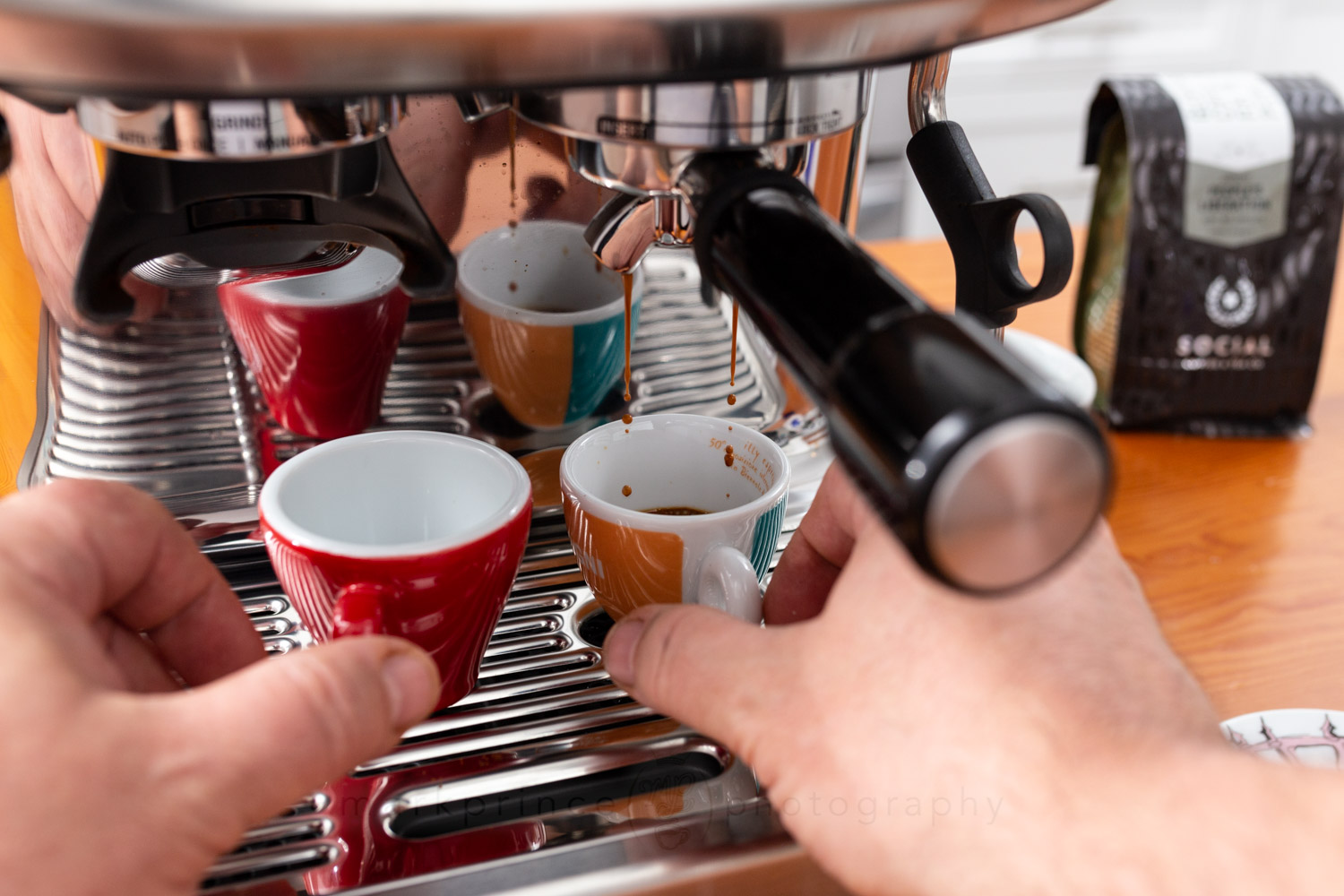
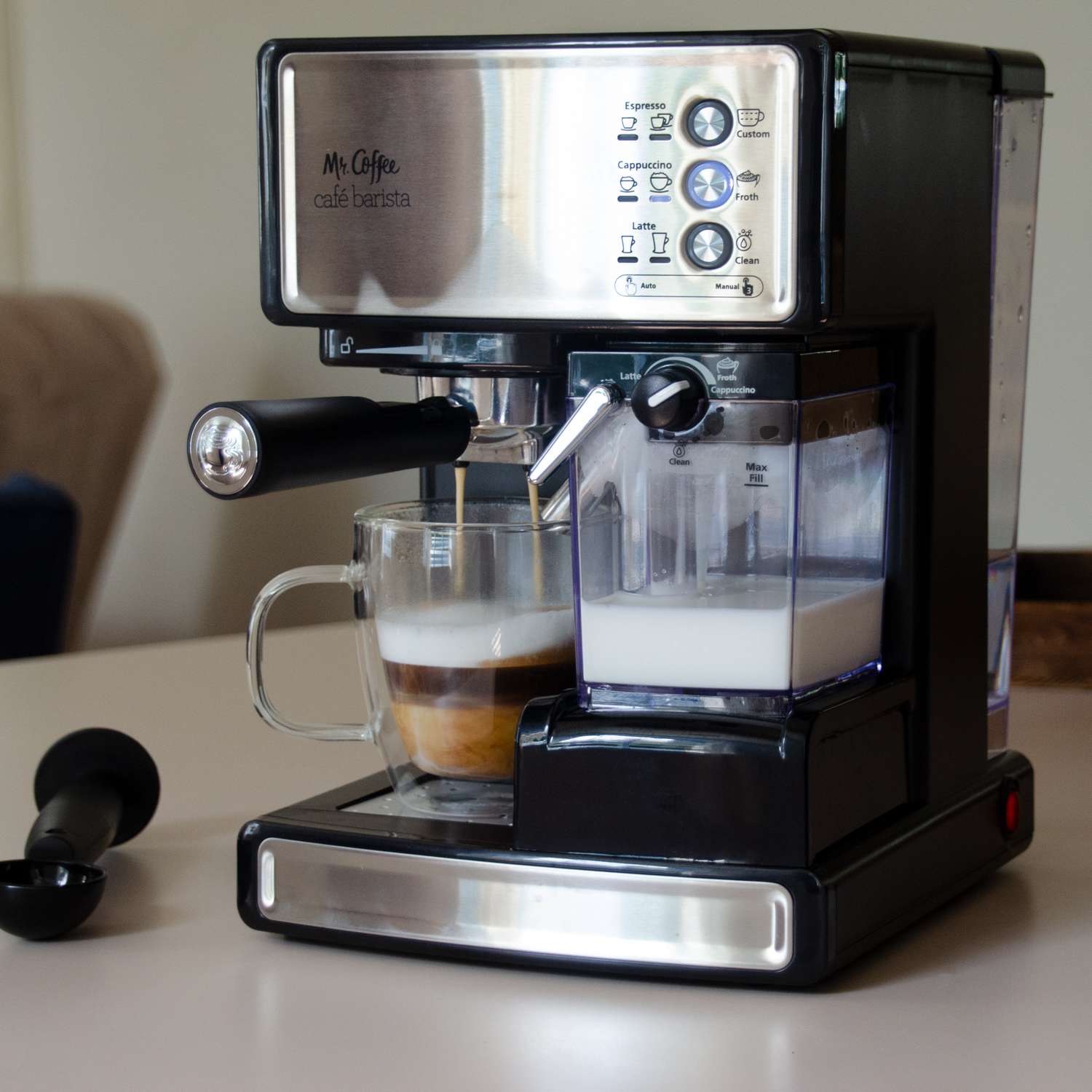
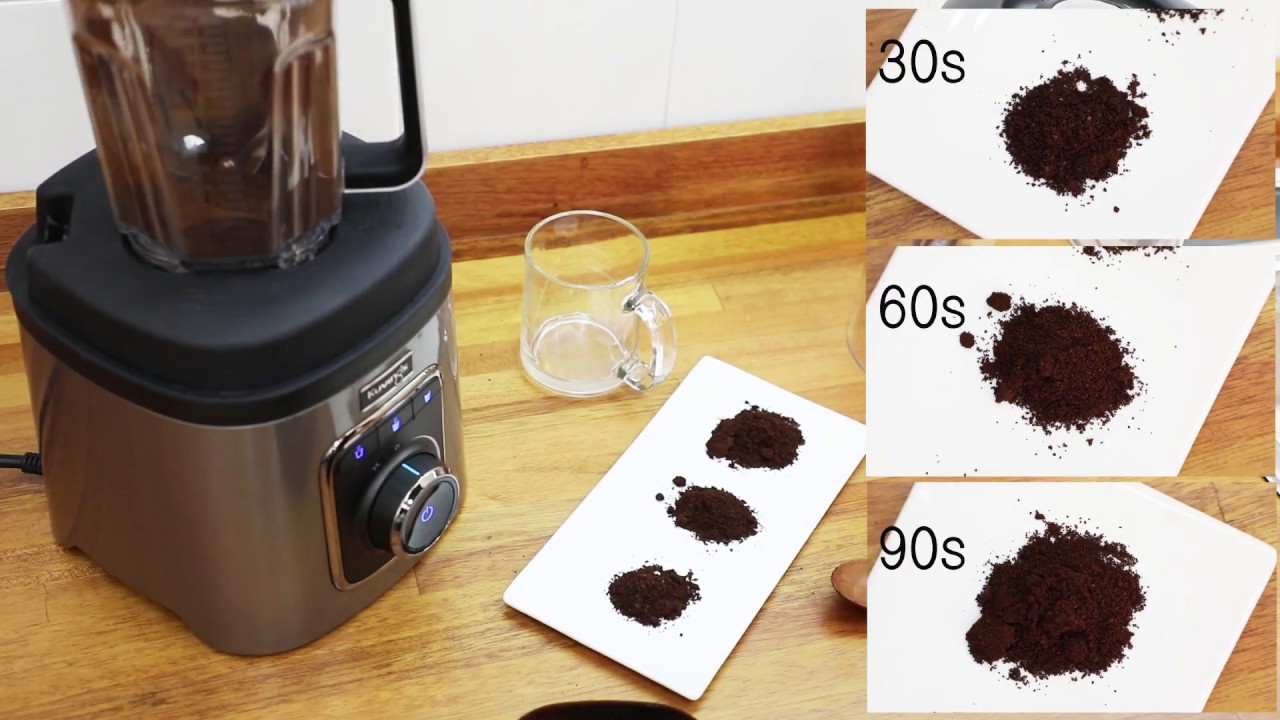
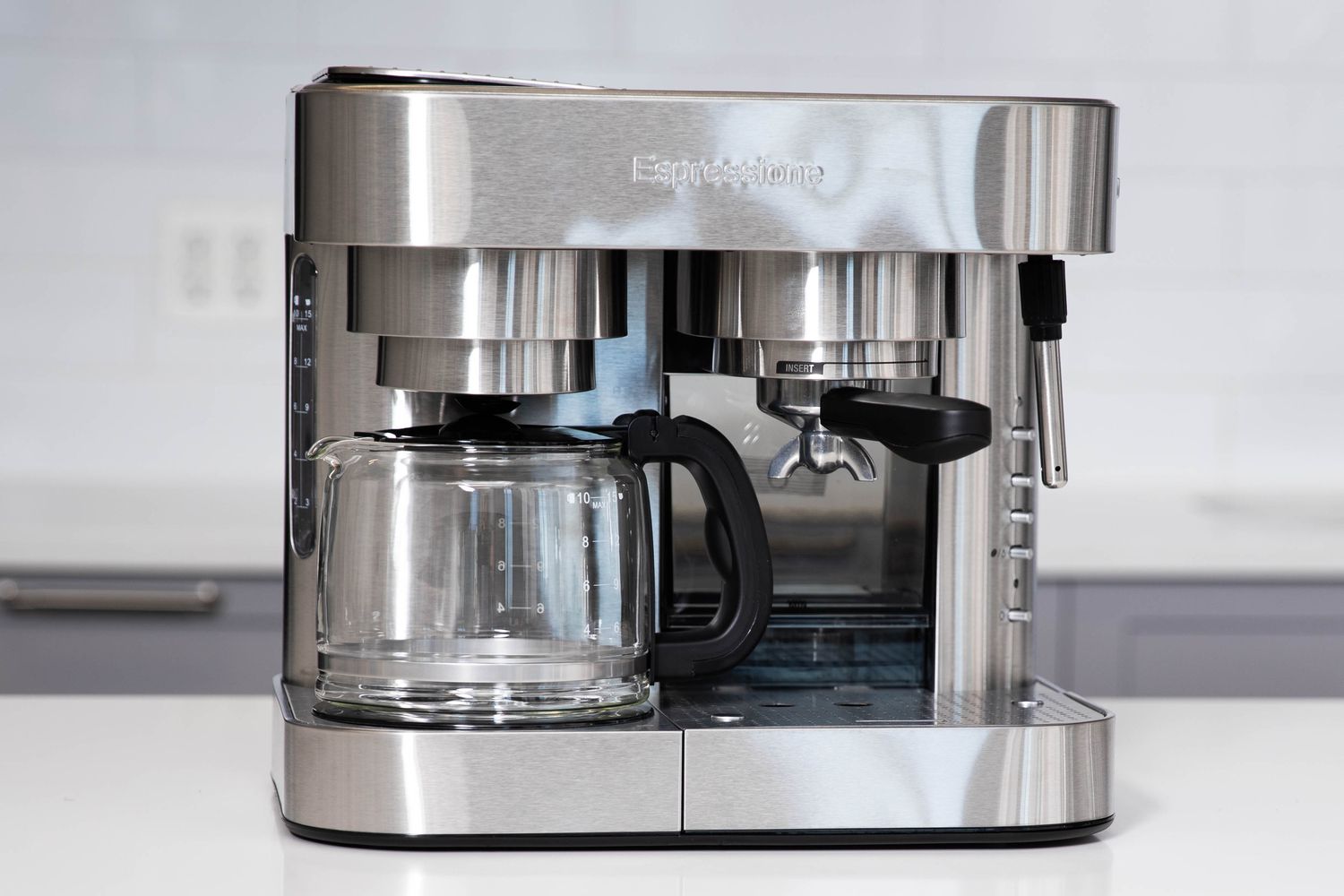
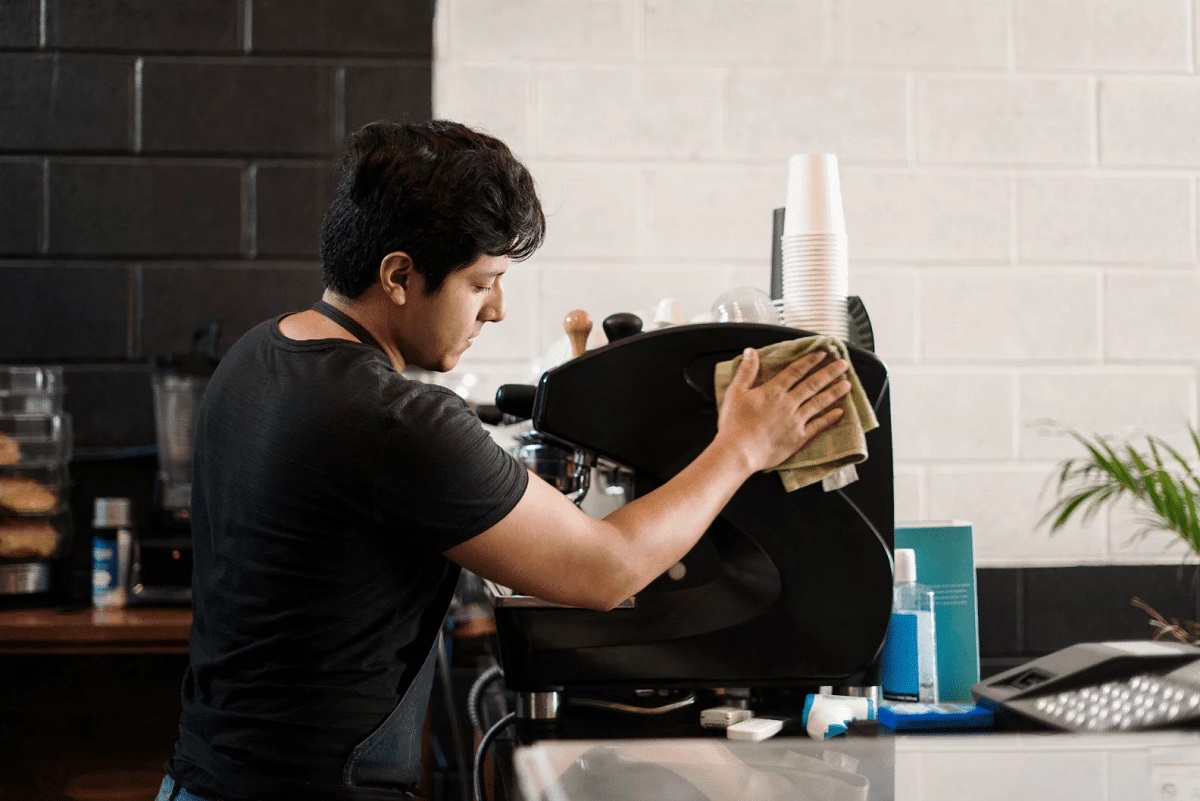
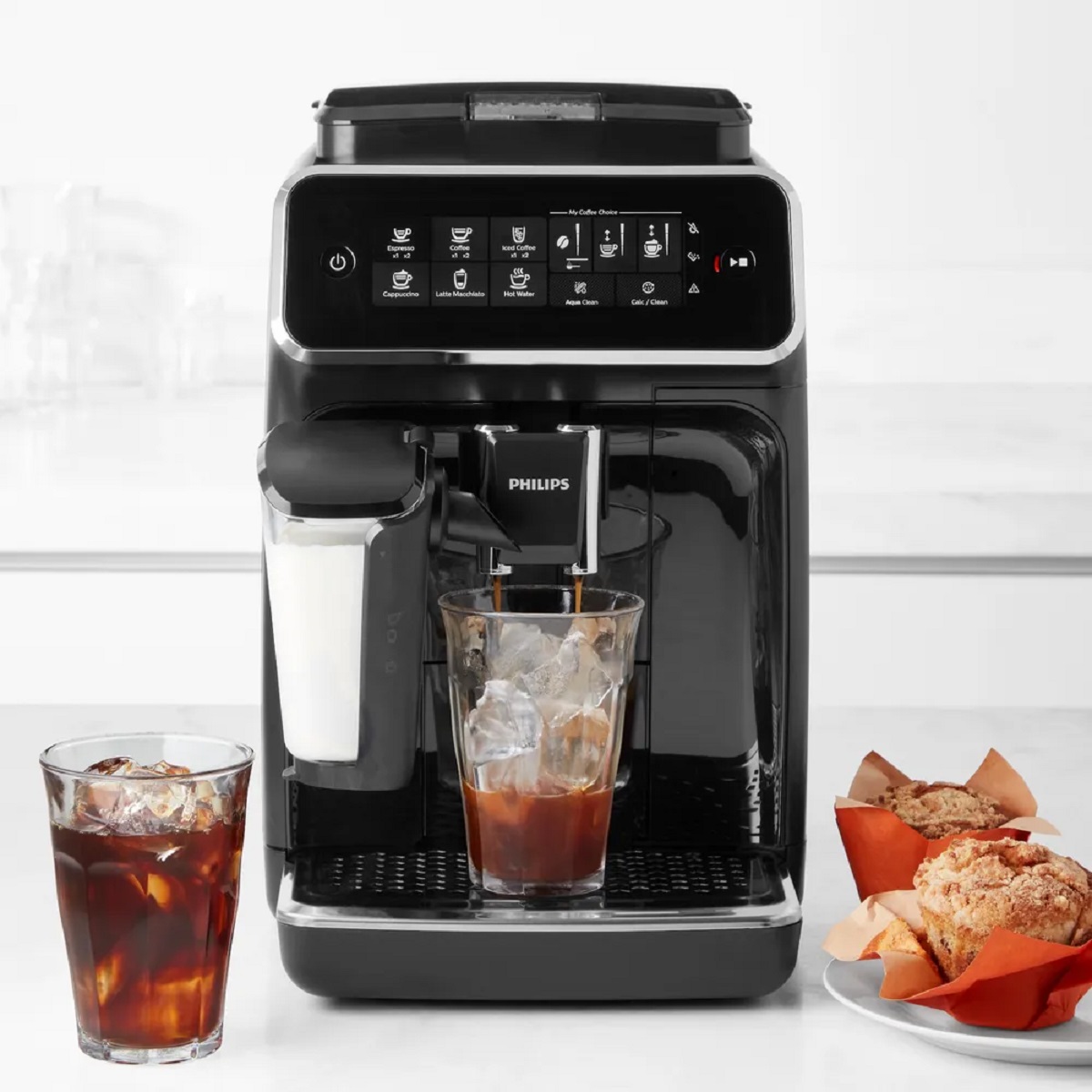
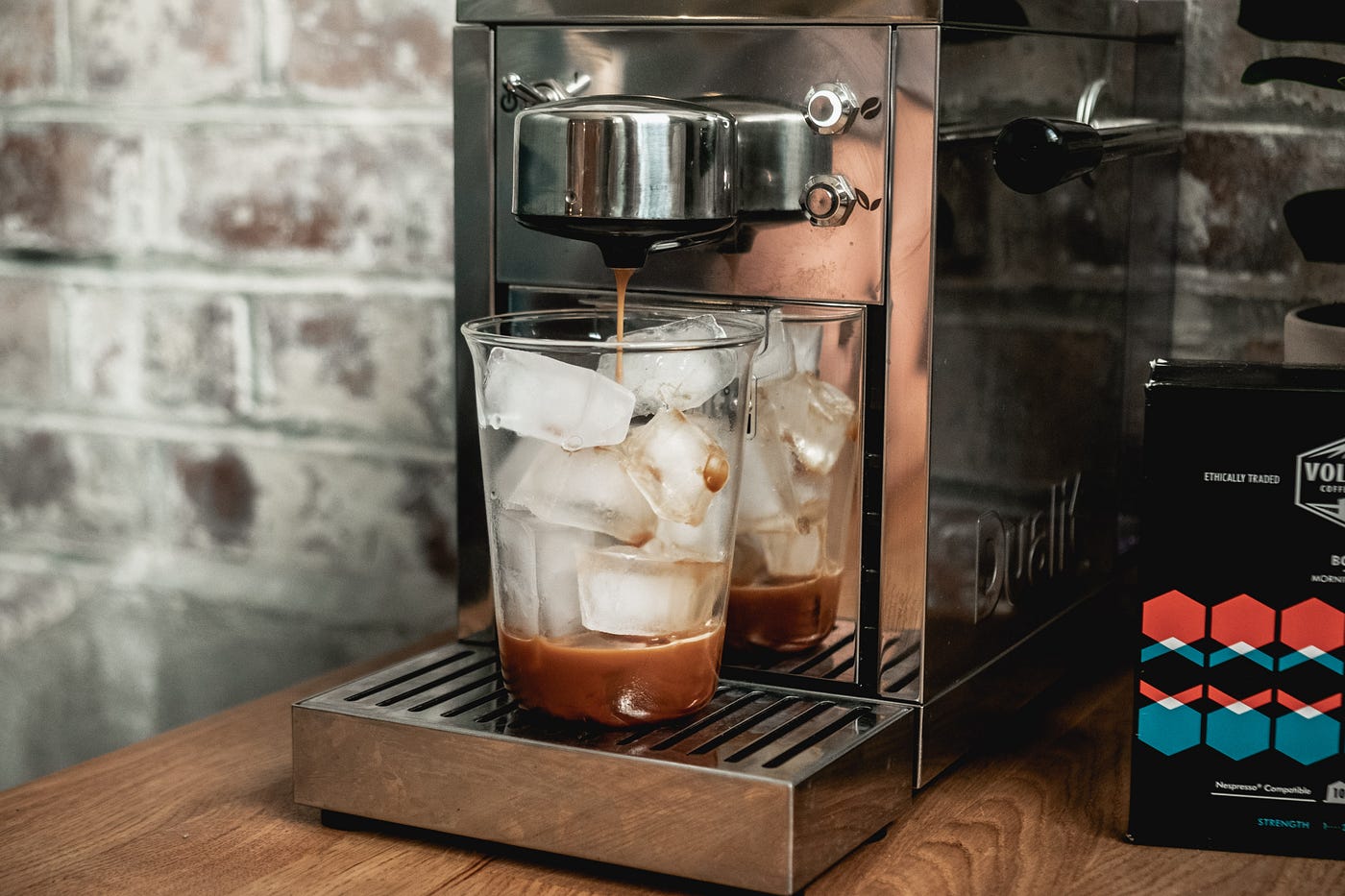
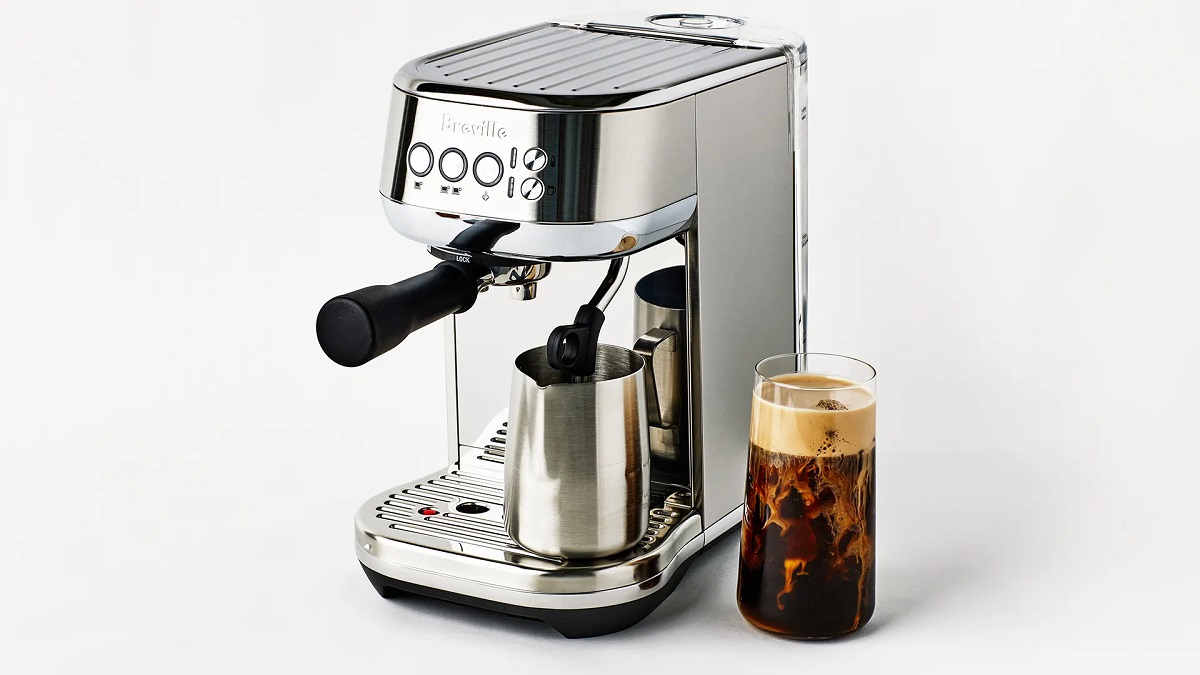

0 thoughts on “What Grind Of Coffee For An Espresso Machine”